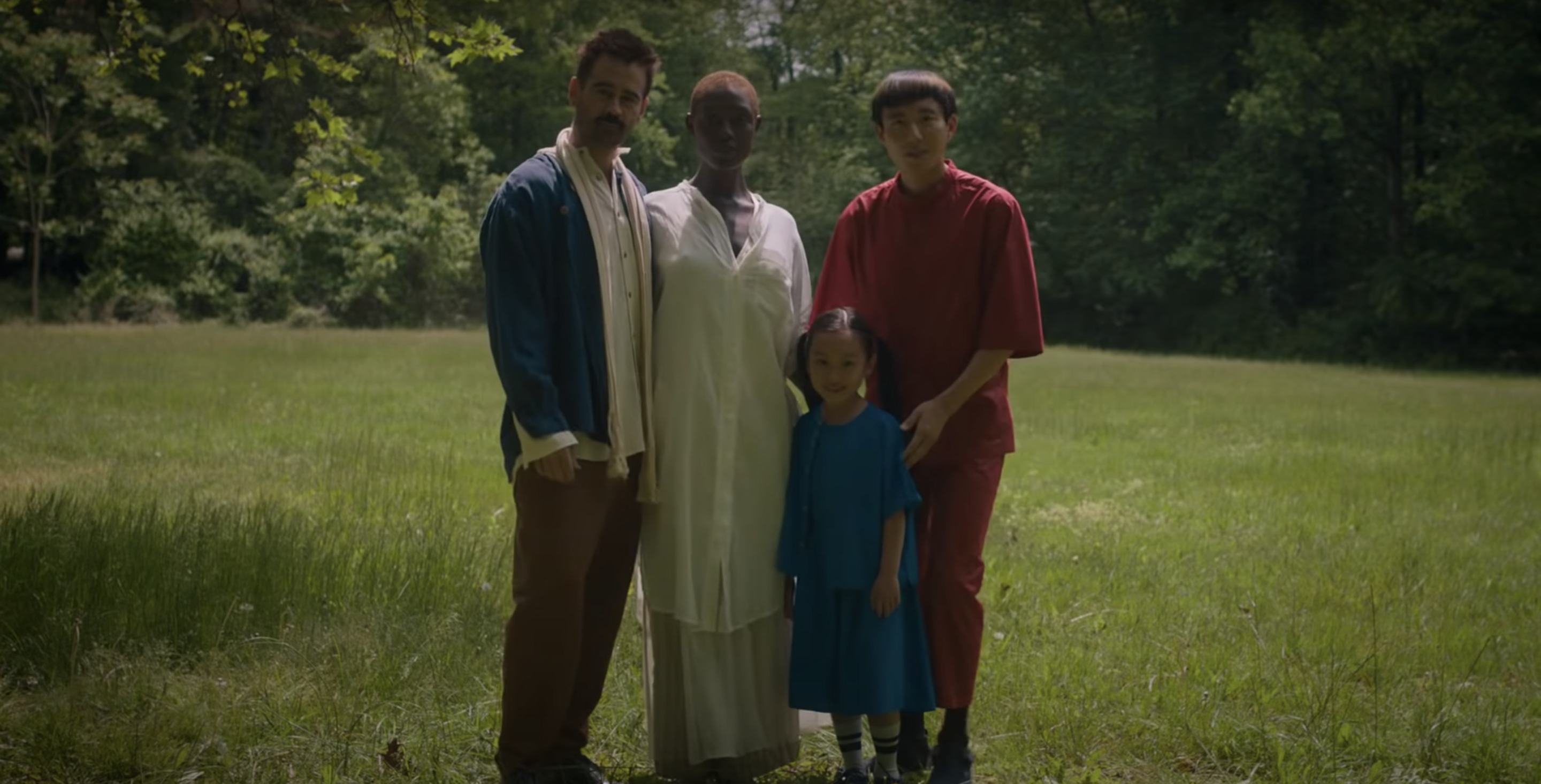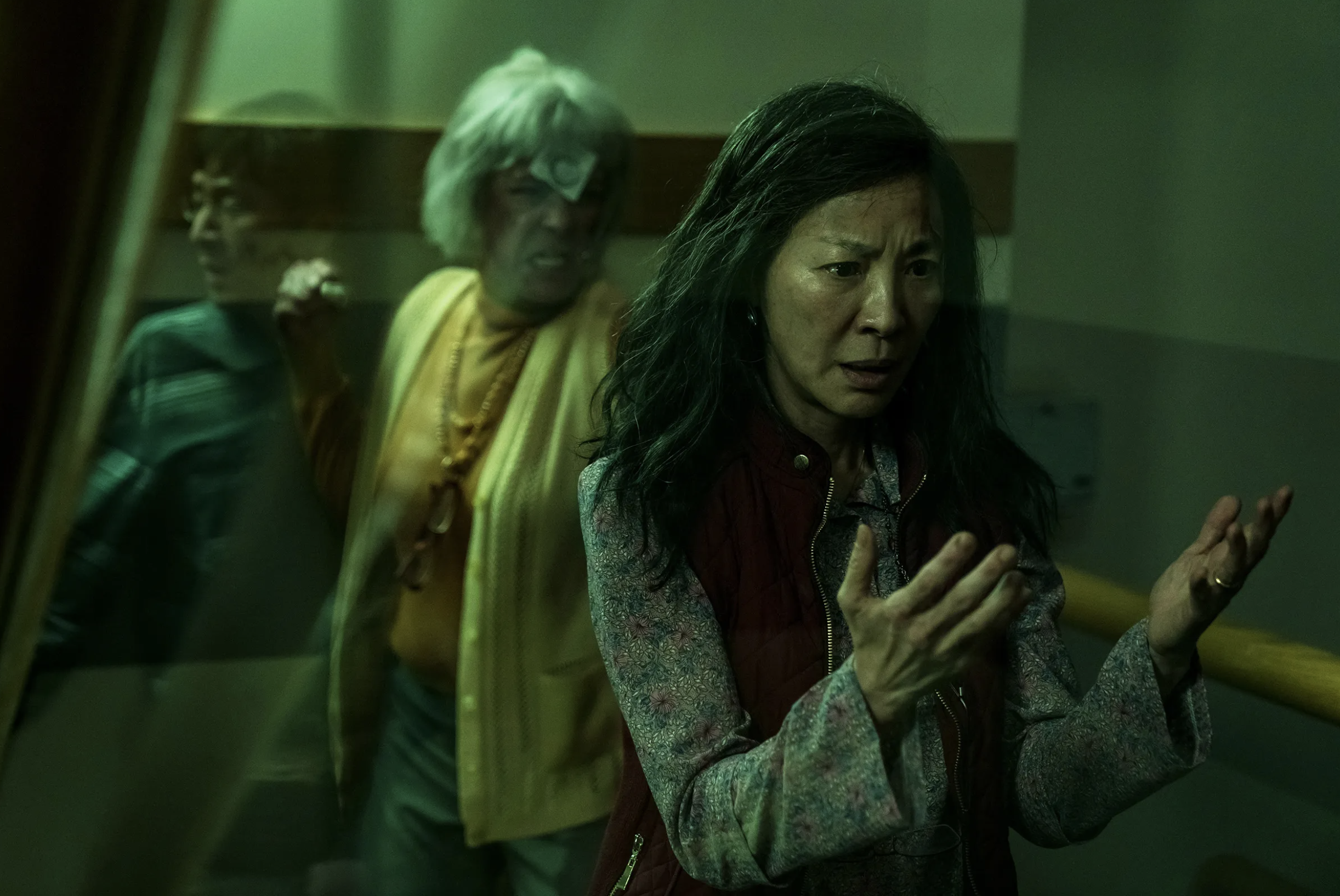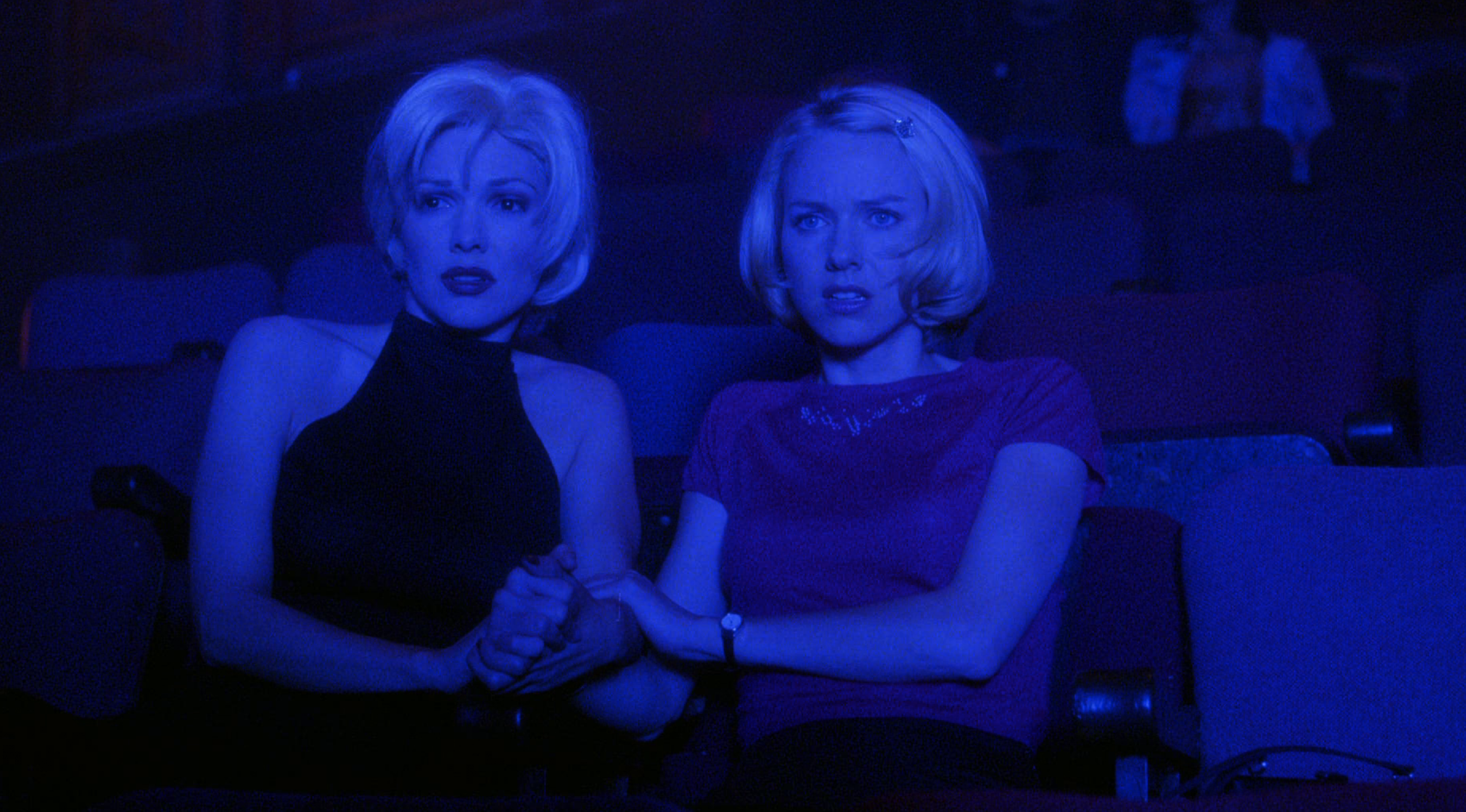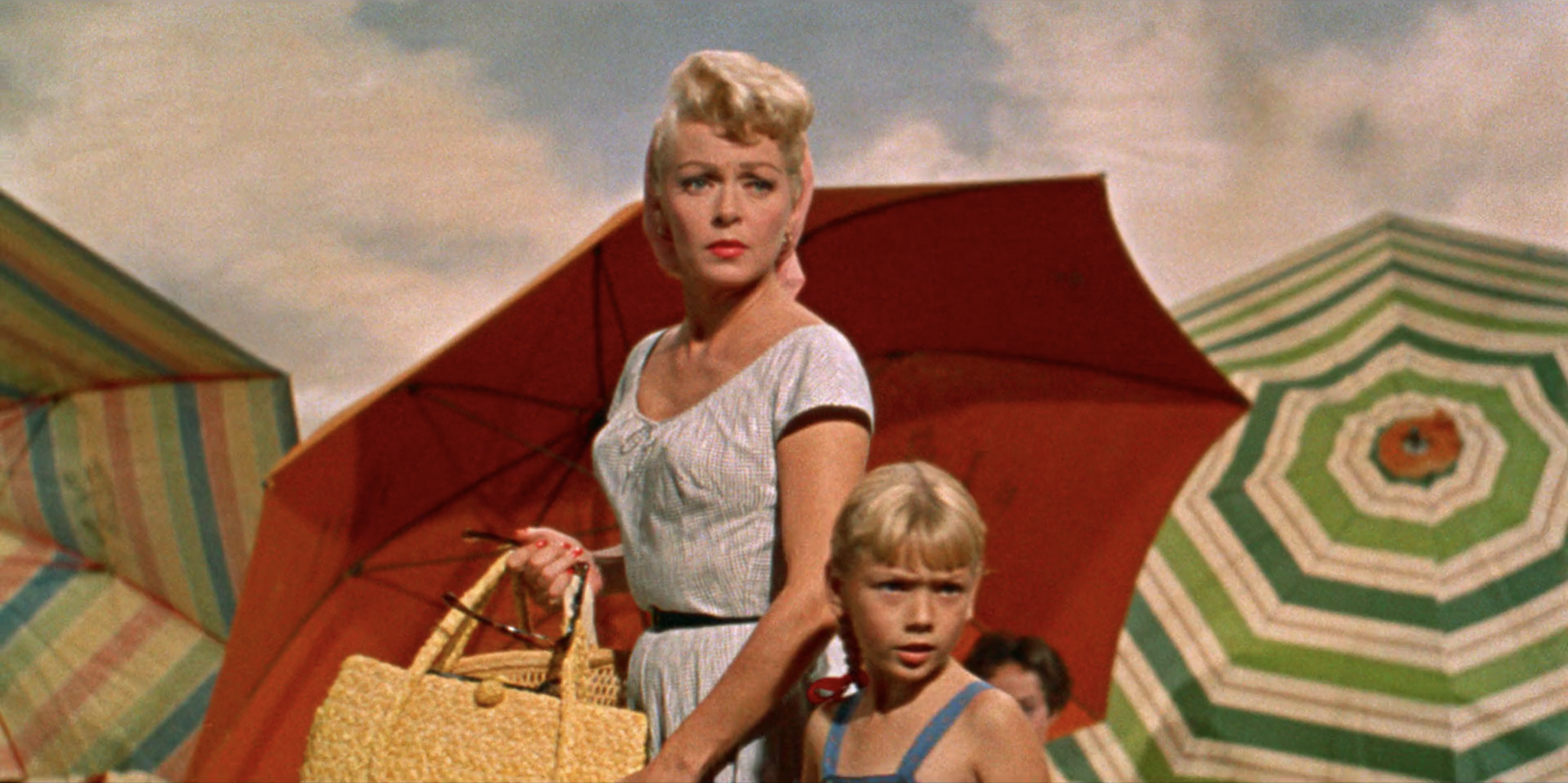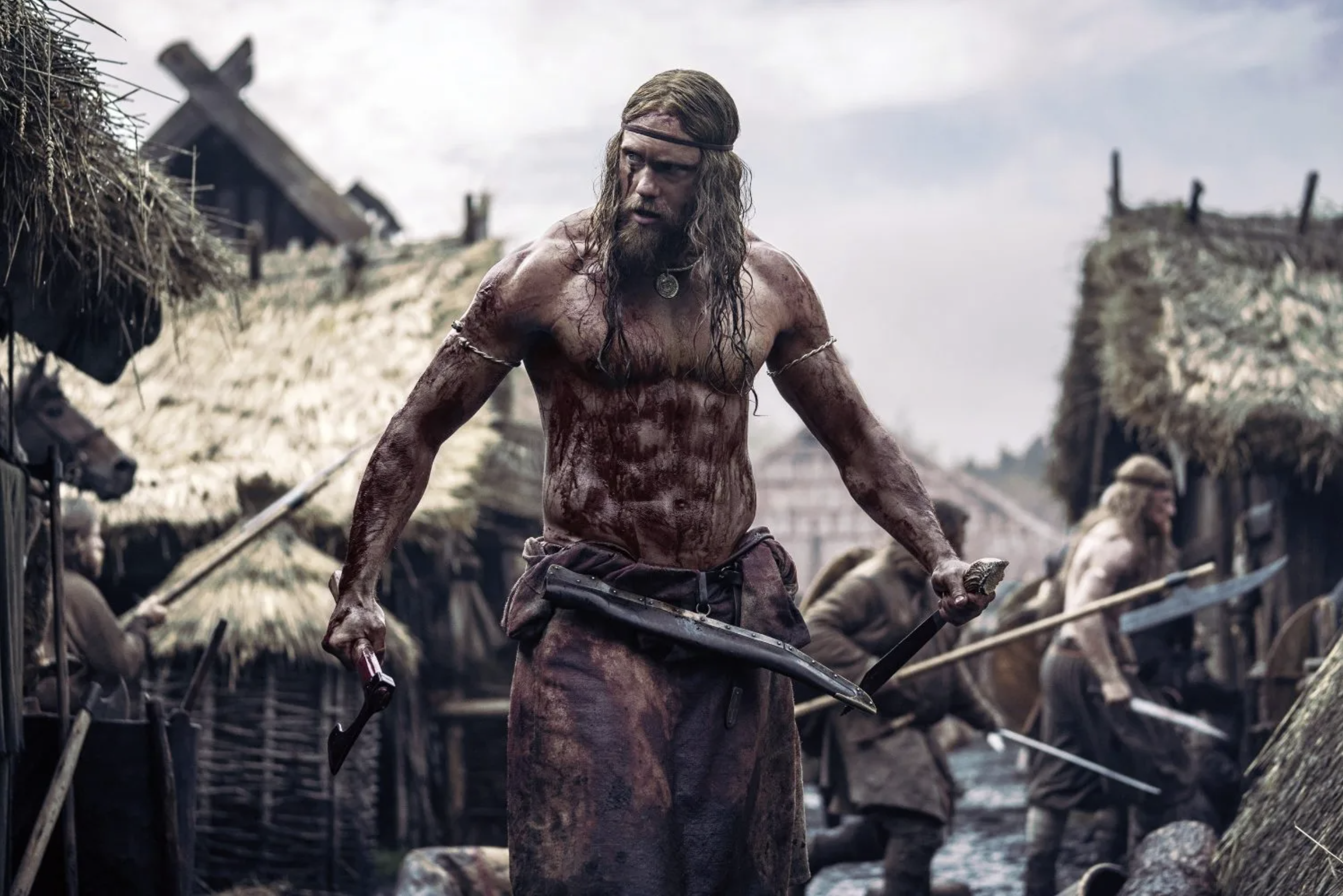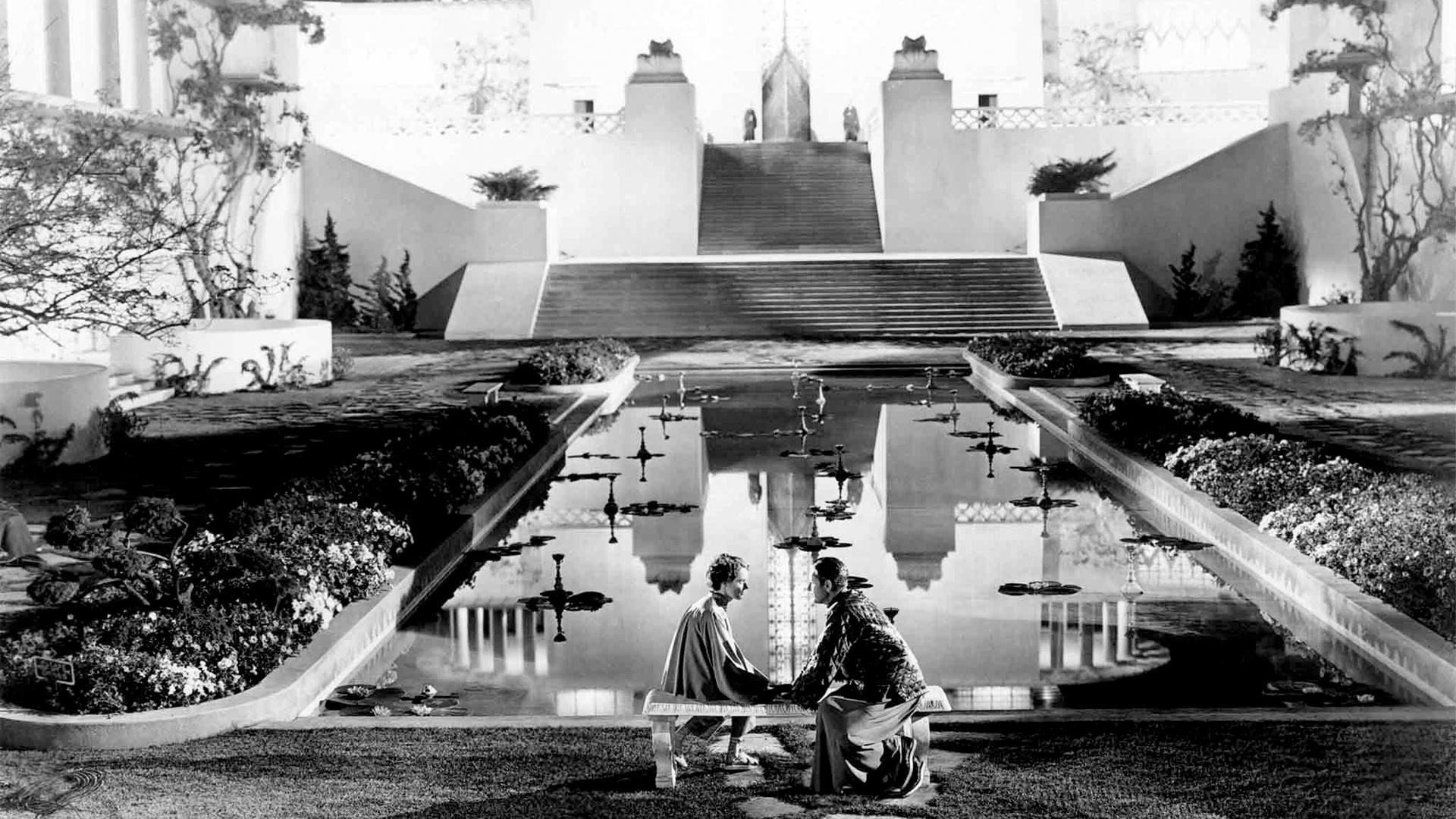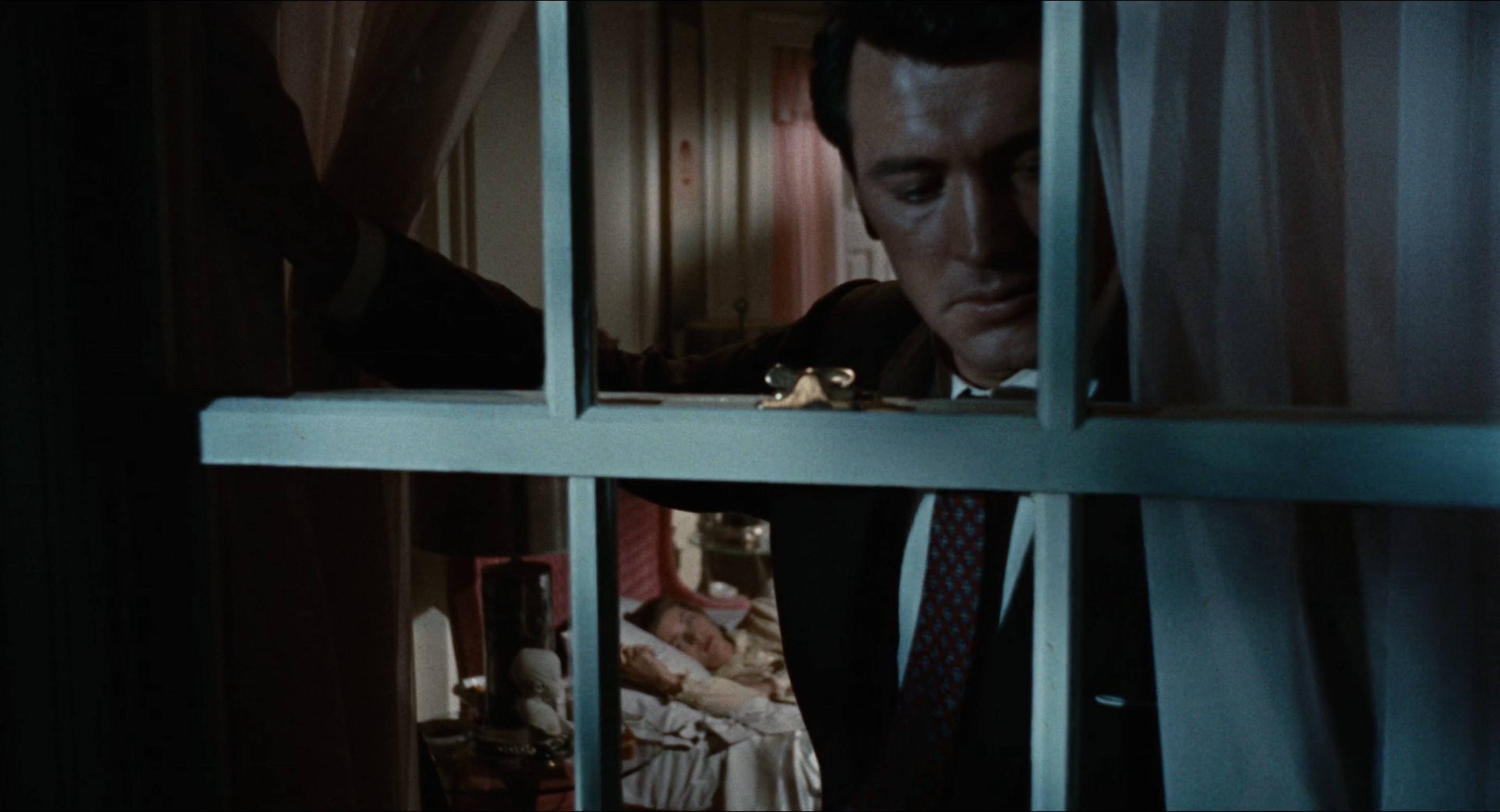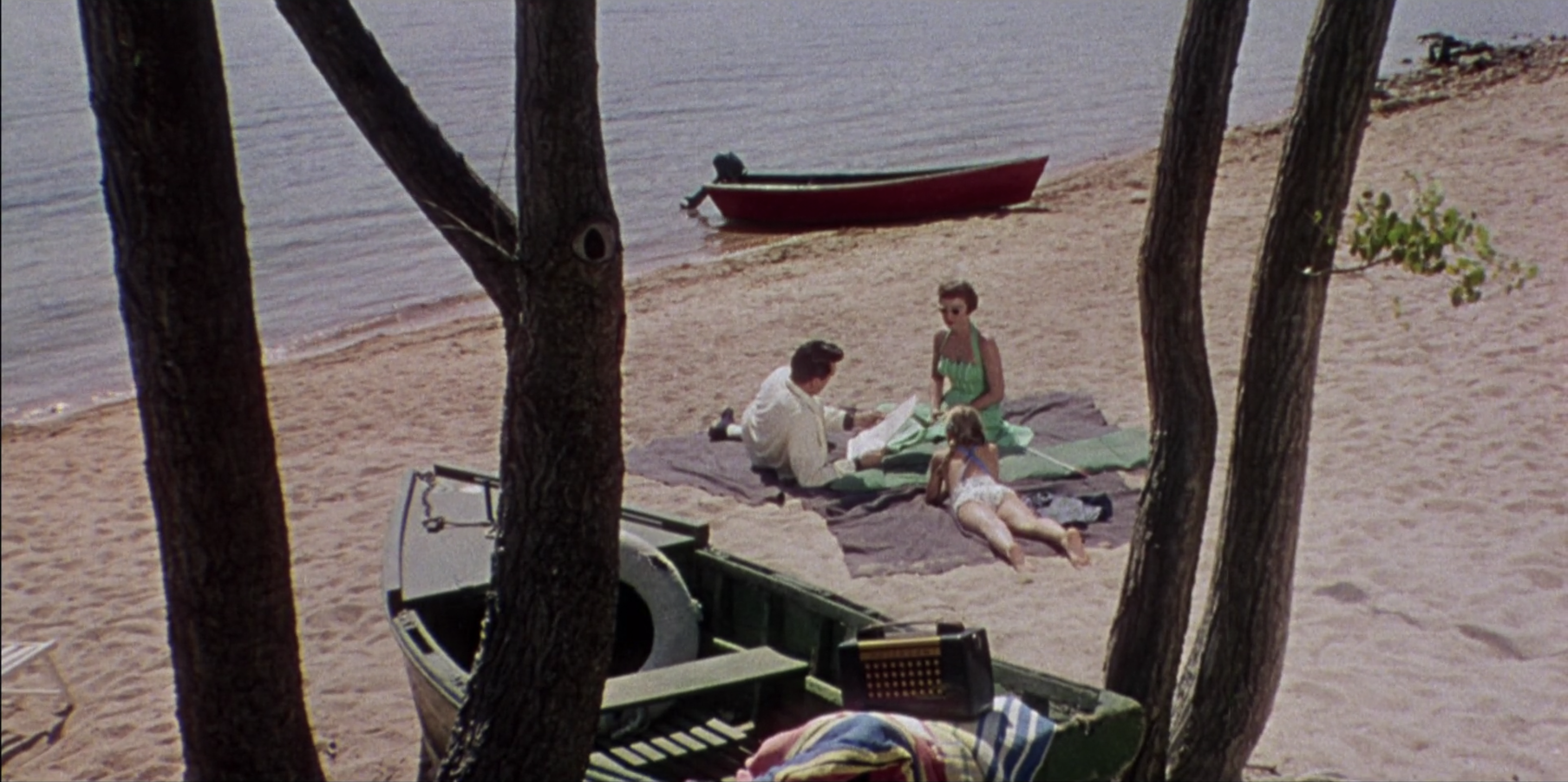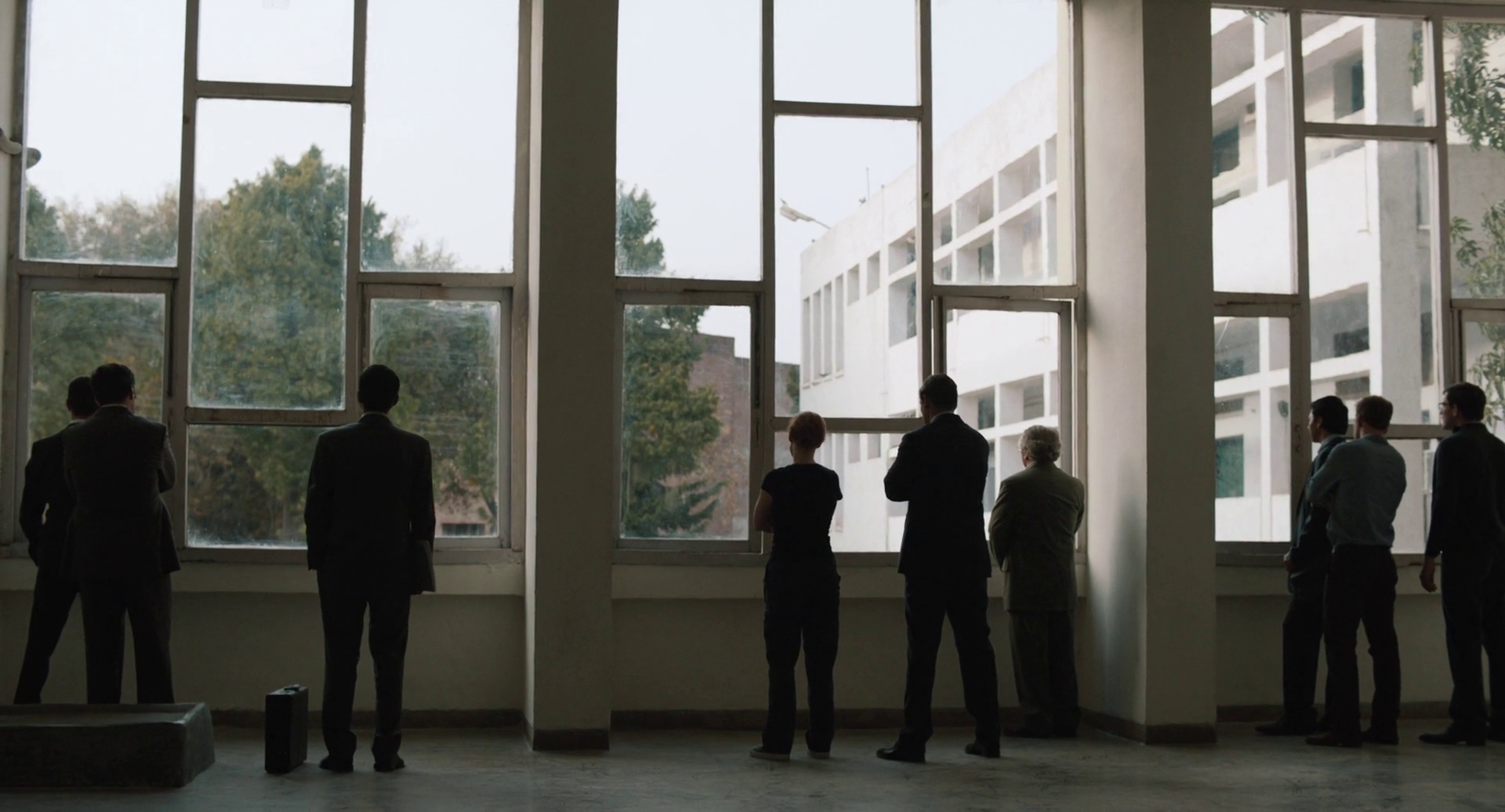After Yang (2021)
As a grieving family ponders the recorded recollections of their broken robotic son in After Yang, Koganada forms a poignant commemoration of those complex lives that exist just beyond our periphery, studied and savoured through the refractive lens of memory where old ideas find new life in the present.

